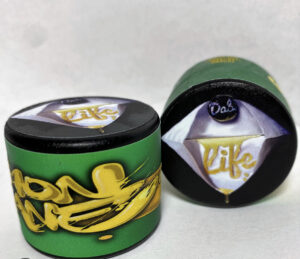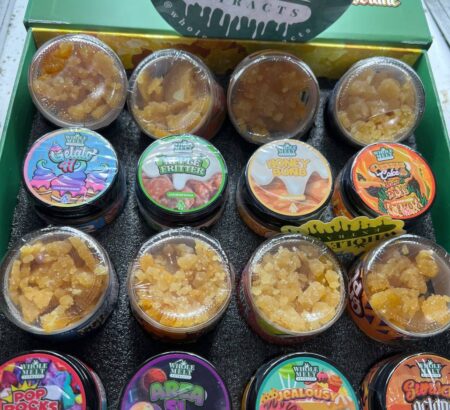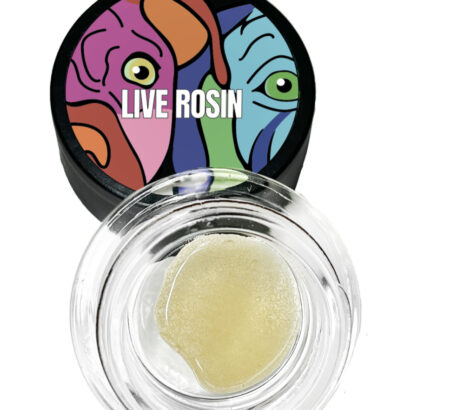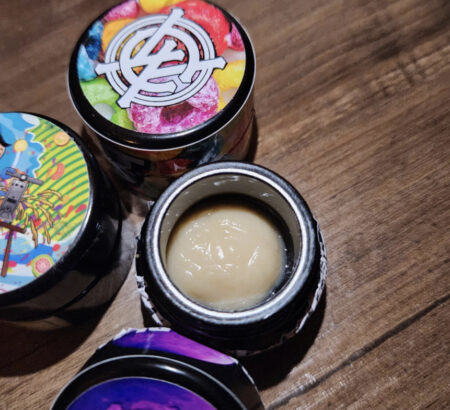Melon Pie Rosin
Melon Pie Rosin
Melon Pie Rosin. The difference between rosin and live rosin refers to the type of flower used during the extraction process. Rosin uses dried flower, kief, or hash. On the other hand, live rosin is extracted from fresh or frozen flower that’s never been cured or dried.
Description
Melon Pie Rosin
Melon Pie Rosin. The difference between rosin and live rosin refers to the type of flower used during the extraction process. Rosin uses dried flower, kief, or hash. On the other hand, live rosin is extracted from fresh or frozen flower that’s never been cured or dried.
Concentrate connoisseurs claim the fresh cannabis retains the highest-quality terpene profile and delivers a clean smoking experience. Visually, live rosin has an opaque, waxy appearance, while rosin is translucent and sap-like.
“When people get black rosin coming off their plates it’s because their product is very old or their temperature is too high, and they’re burning it off. Or they leave it on the plate for way too long,” says Paul.
There are no hard-and-fast rules for the best temperature for rosin clarity, and professional rosin producers all seem to be a little tired of the eternal question: ‘what temp, bro?’ But there are some guidelines for what temperatures to try first. Basically, start a little low for the best clarity.

“I start at my normal temperature—like 190°F. If I notice it took over a few minutes for the bag to start leaking out rosin and the return was really small, I know I need to jack my heat up.
I’m going to check it and compare them, side-by-side. I’ll look at the colors and even weigh them to know the returns. So if that product didn’t like it at low heat, I’m going to put my temperature 10-15 degrees higher and run another ounce.”
As a master squisher who’s processed hundreds of pounds of flower into award-winning, golden rosin, Paul Lopez knows the answers to these questions. And, fortunately for you, he’s willing to share his knowledge with the world!
So, we asked him to spill all the secrets he’s learned at the Hard Knocks University of Experimentation. And while Paul can’t stand over your shoulder as you’re solving your dark rosin mystery, his step-by-step tips can help improve your rosin clarity— and the market value of your end product.
Additional information
| QUANTITY | 1 JAR (2grams), 2 jars (4grams), 5 jars (10grams), 10 jars (20grams) |
|---|







Reviews
There are no reviews yet.